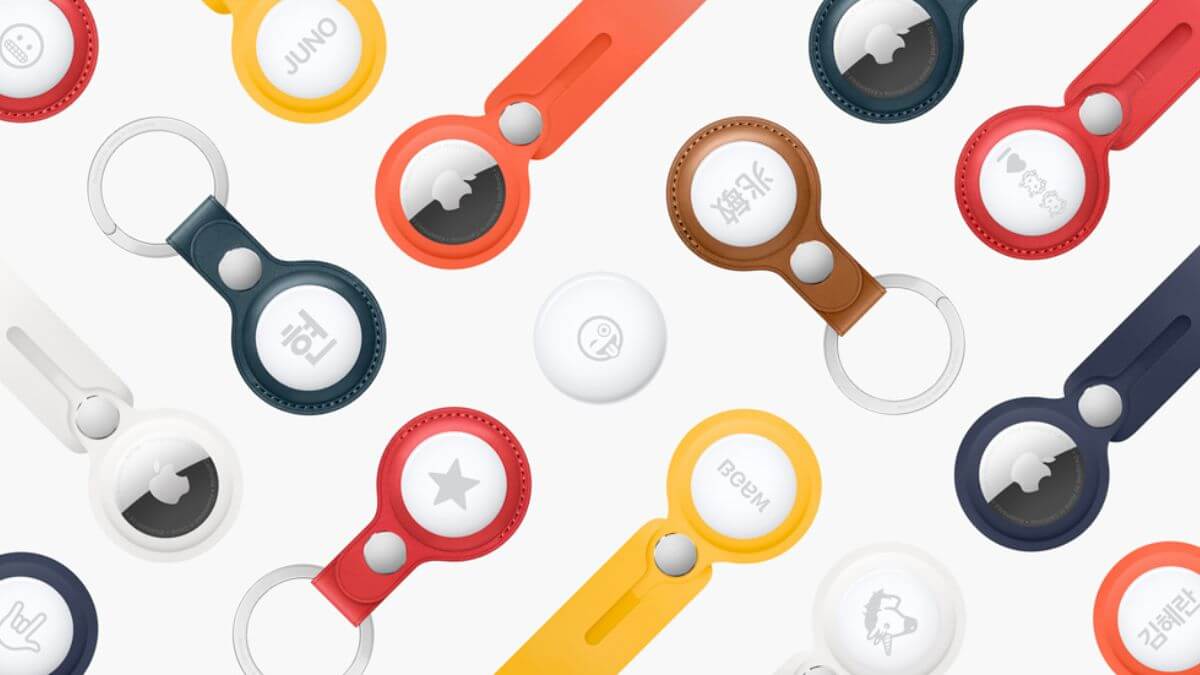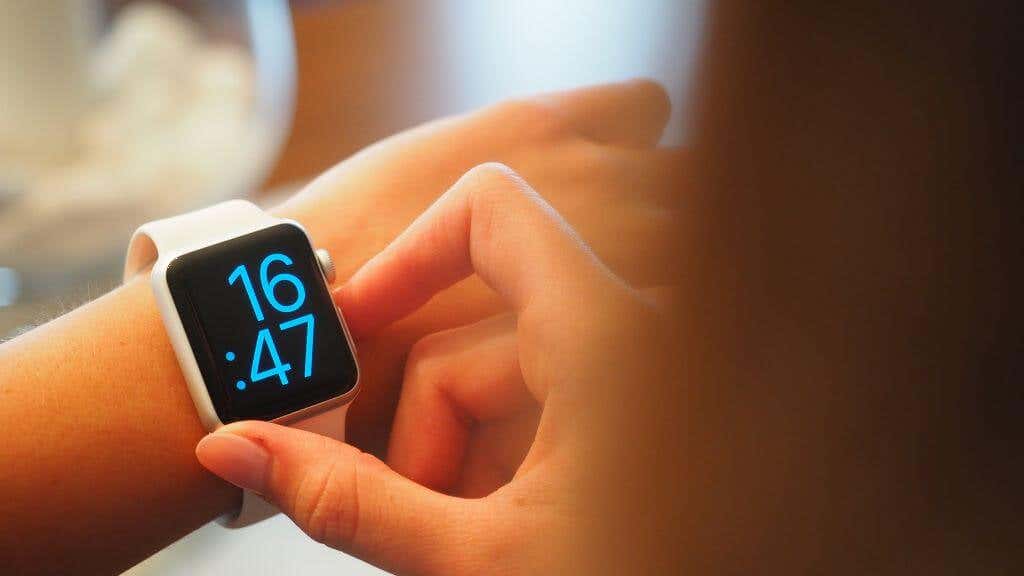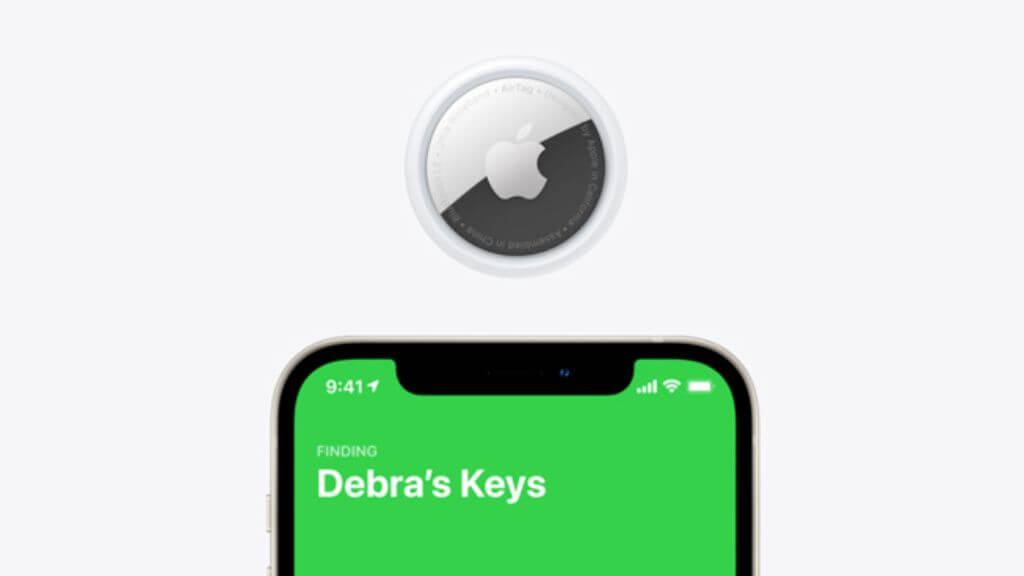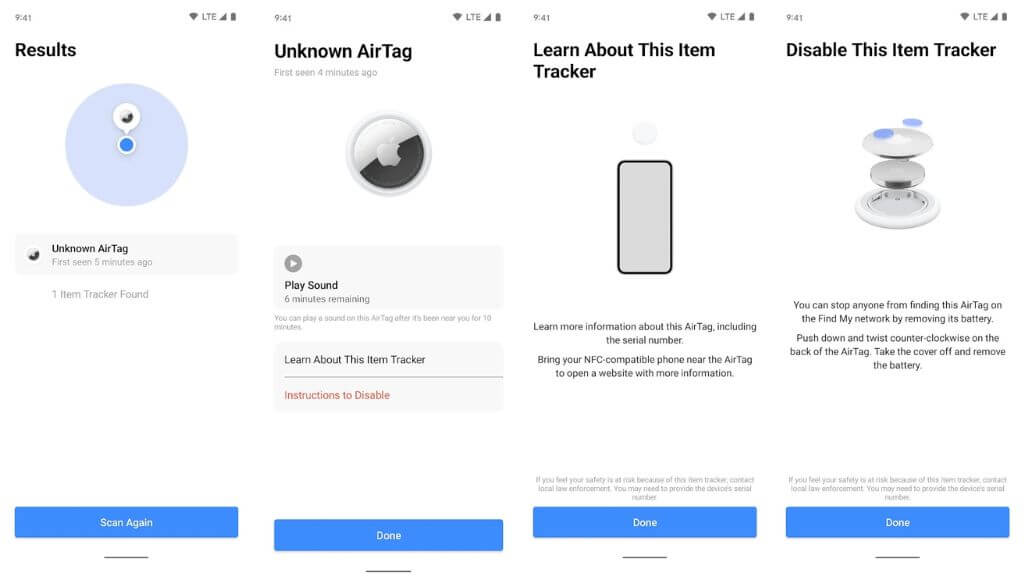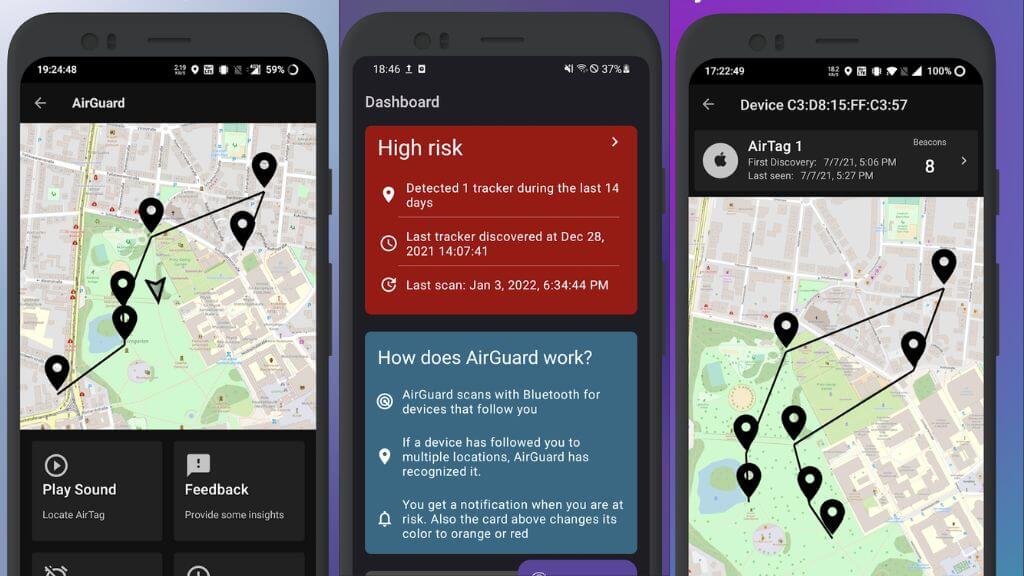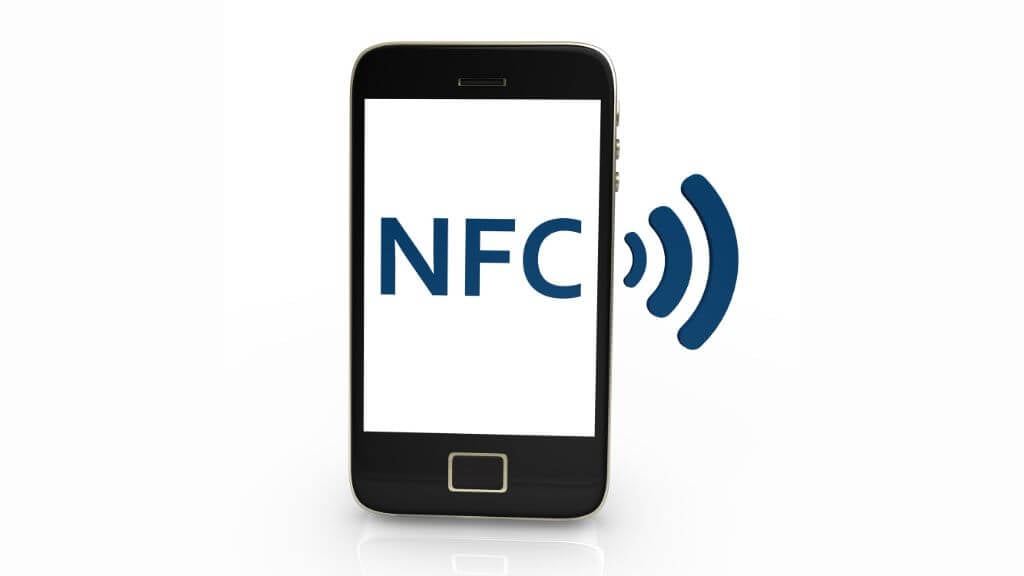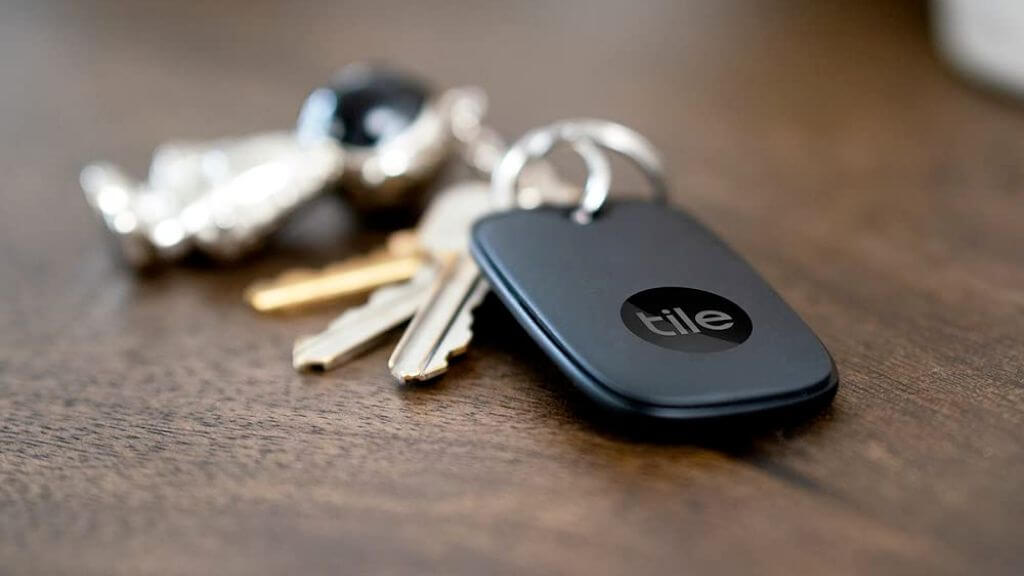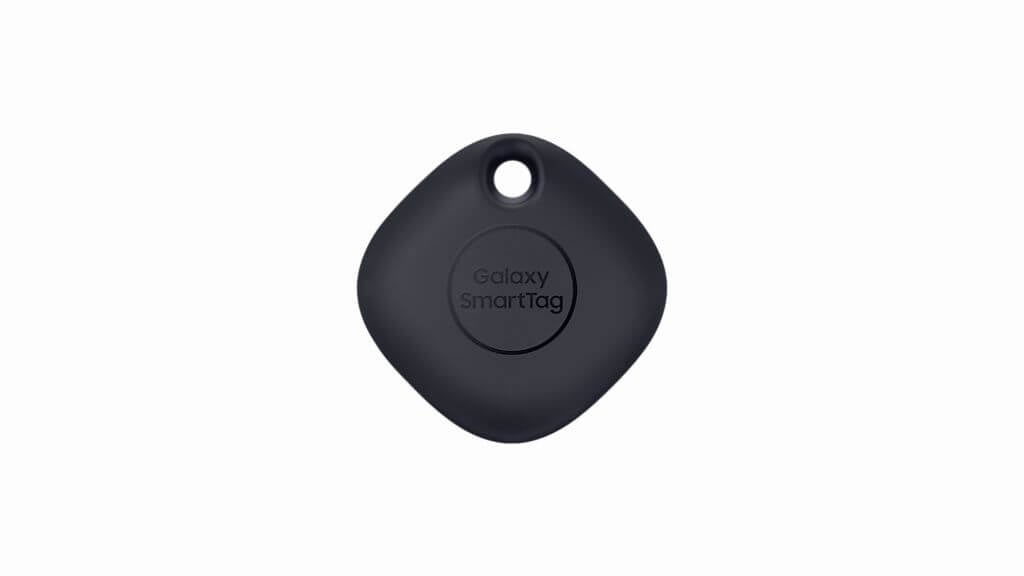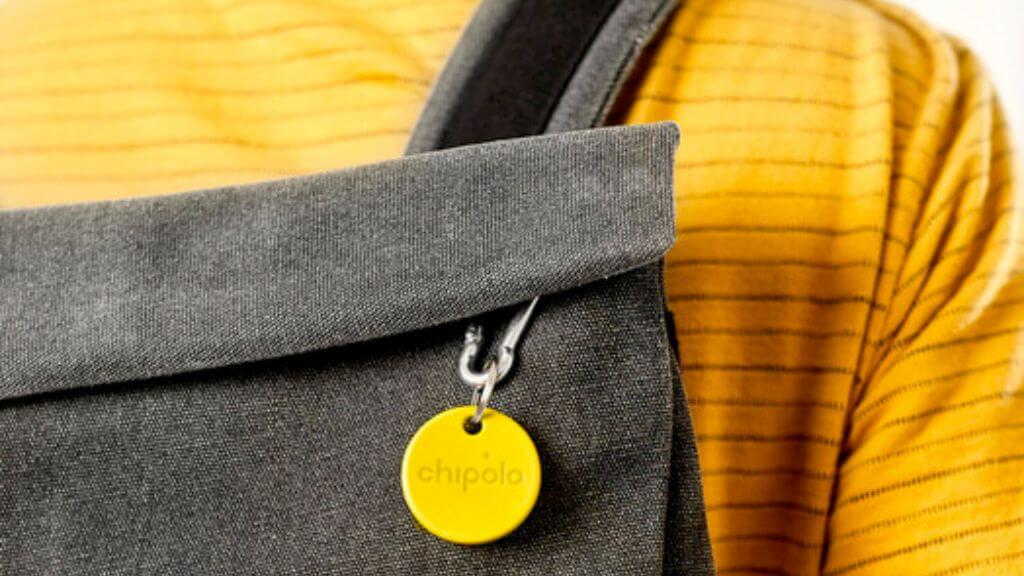One of the key reasons AirTags are so useful is that they piggyback off the massive number of Apple devices worldwide. If you lose an item with an AirTag, someone with an iPhone or other compatible Apple device is likely to pass nearby and relay its location. It stands to reason that Apple wants to offer its customers the broadest network. As it turns out, you can use non-Apple devices, particularly Android phones, with AirTags. However, that comes with a long list of caveats.
The Apple U1 Chip
Inside every AirTag is a special Apple microchip, the U1 Ultra Wideband chip. This amazing little microchip allows the precision directional tracking possible with an AirTag. However, to take advantage of the U1, your tracking device also needs a U1 chip. The U1 is designed to accurately find and track other U1 chips. This has many uses, including things you do daily, such as AirDrop. The U1 was introduced with the Apple iPhone 11, but you’ll also find it in the Apple Watch Series 6 and up. M1 Macs and iPads, even the iPad Pros, notably lack U1 chips when writing. Although, of course, they are all still part of the Find My network. When you track the U1 using another U1 device, there’s a lot of proprietary Apple sauce at work, and since no non-Apple devices (and not all Apple devices) have a U1 chip in them, most of the short-range tracking features are inaccessible.
The Find My App and Network Is Key
Having U1 hardware is only part of what makes an AirTag work as advertised. AirTags are hooked into Apple’s Find My network and require the Find My app to unlock the information linked to each tag. Without the Find My app and network access, the global tracking capabilities of the AirTag are out of reach. In short, there is no Find My app for Android. However, nothing stops you from using your Android phone’s web browser to access Find My using the iCloud website. You can track your Apple gadgets from the website, put them into Lost Mode, and most of what the app can do. Sadly, the web version of Find My doesn’t include any AirTags currently; you still need to use the app on an Apple device.
Android Has a (Limited) Official AirTag App
Apple has a very small selection of official Android apps, and Tracker Detect joins the Apple Music and iPhone migration tool apps as a member of this exclusive club. Unfortunately, Tracker Detect is not an Android version of Find My. It exists because of legitimate privacy concerns people have regarding trackers such as AirTags. Apple has included a feature where Apple device users will get a warning if someone else’s AirTag is traveling with them, preventing criminals or other bad actors from using AirTags as a way to track your location. Since you need an Apple device to detect nearby AirTags, Android users are vulnerable. This is what the Tracker Detect app is meant to mitigate. If you have the app on your Android phone, you can scan the surrounding area to check for AirTags. There are some important limitations. First of all, the scan must be manually initiated. So you won’t get an automatic warning. This makes it a rather inconvenient solution. Secondly, it will only report on AirTags that have been separated from their owners for longer than 15 minutes, counting from when they leave Bluetooth range. That means it’s not all that useful if the person trying to track you stays within range, or you happen to run the scan within the window where the tag wouldn’t show up and then falsely believe you’re clean of trackers.
AirGuard is the Best Android Airtag App
A better solution for Android users who want to make sure they aren’t being tracked using an unknown AirTag is AirGuard. This app detects not only AirTags but also trackers from Tile, one of the largest and most popular makers of tracking tags. What sets AirGuard apart is that it runs in the background and autonomously checks for trackers at regular intervals. This makes it much better than Apple’s own Android app at preventing AirTag-based stalking.
Any NFC Reader Can Read an AirTag
While you need an Apple device with a U1 chip to get the most out of an AirTag, AirTags also contains an almost universally-supported NFC (Near Field Communication) tag. You can use any NFC app and touch the white side of a lost AirTag to the back of your phone (or wherever the NFC reader is located) to extract information from it. Unfortunately, the tag information doesn’t mean much without access to the Find My network. Still, you can open the embedded web link on the tag and see the serial number of the tag along with the last few digits of the owner’s phone number.
Alternatives Bluetooth Trackers for Android Users
After all of the above discussion, it should be clear that anyone using only an Android device should not consider buying an Apple AirTag. You won’t be able to set up the tag without an Apple account and device, but you also can’t access any of the tracking functionality. Although Apple has made tracker tags mainstream, they aren’t the only or even the first company to offer this type of technology. Tile is the pioneer of bringing affordable trackers to market and buying tile trackers to use with your Android. You’ll find the Tile app on both the iOS App Store and the Android Google Play Store. There’s also an app for the Apple Watch!
The Tile Pro
The Tile Pro is the closest to Apple AirTags in both price and features in our opinion. The main downside is the shape and size of the Tile Pro. AirTags are highly versatile thanks to the holders’ range and compact size, but Tile is a great alternative.
The Galaxy SmartTag
Samsung has also created a direct competitor to the AirTag in the form of the Samsung Galaxy SmartTag. Unfortunately, like the AirTag, the SmartTag is only compatible with Samsung Galaxy phones. However, Samsung owns such a huge portion of the Android phone market that this may be less of an issue. Like the Tile Pro, you get a hole included in the tracker itself, so accessories are not needed. It also offers an interesting feature where you can use the tags to control IoT (Internet of Things) devices in your home.
Chipolo One
There’s a third contender in the form of the Chipolo One. Like the AirTag, the One is round, but unlike Apple’s product, it already has a hole in it, so you don’t need to spend additional money on a special holder. It also has an incredibly cool feature where you can “double click” the Chipolo, and it will help you find your phone! The Chipolo One promises the longest battery life of all the trackers mentioned here, with up to two years of power. The only drawback of Chipolo, in particular, is that their network cannot yet match Find My, Samsung Galaxy, or Tile for sheer size. You get a proximity alert when you leave something behind, and the Chipolo can be used for other things, such as a remote selfie shutter button.
Will AirTags Come to Android?
One interesting aspect of AirTags is that Apple has stated that third-party companies could sign on to leverage the Find My network. In other words, iPhone users could track non-Apple products using Find My. However, this wouldn’t help Android users in any particular way other than those third-party products also working with Android devices. It’s not too far-fetched to consider that Apple may open AirTags to Android users at some point. The company brought Apple Music to the competing platform, and similarly, they may decide that making AirTags more functional for Android users could lead to more sales. However, as long as AirTags rely on Apple’s U1 chip alone, this isn’t likely to happen.
